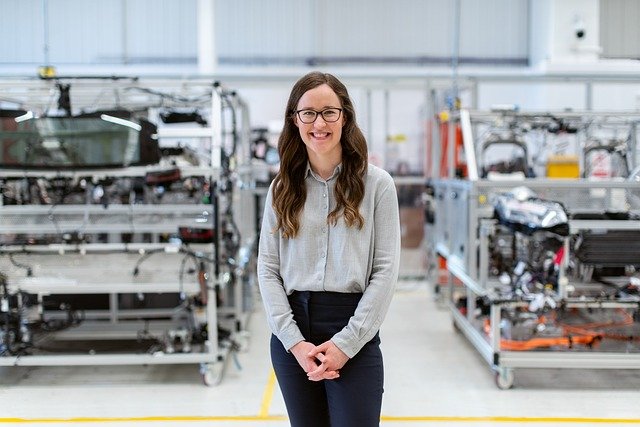Optimizing Industrial Cooling Systems for Efficiency
Thermal management in industrial settings is a critical yet often overlooked aspect of operational efficiency. As energy costs rise and environmental regulations tighten, optimizing cooling systems has become a top priority for forward-thinking manufacturers. This article explores innovative approaches to industrial cooling, highlighting strategies that can significantly reduce energy consumption, minimize downtime, and enhance overall productivity.

The Evolution of Industrial Cooling
Industrial cooling has come a long way since the early days of rudimentary ice-based systems. The 20th century saw the widespread adoption of mechanical refrigeration, which greatly improved cooling capacity but at the cost of high energy consumption. As environmental awareness grew in the late 20th and early 21st centuries, industries began seeking more sustainable cooling solutions.
Today, advanced cooling technologies incorporate sophisticated control systems, energy-efficient components, and alternative cooling mediums. These innovations not only reduce energy usage but also offer greater precision in temperature control, crucial for industries with stringent quality requirements.
Harnessing Natural Cooling Methods
One of the most promising trends in industrial cooling is the resurgence of natural cooling methods. These approaches leverage environmental conditions to minimize the need for energy-intensive mechanical cooling. For instance, geothermal cooling systems tap into the earth’s constant underground temperature to regulate industrial environments. Similarly, night sky radiation cooling utilizes the temperature difference between the night sky and the Earth’s surface to dissipate heat.
Evaporative cooling, another natural method, is gaining traction in dry climates. This technique uses the heat of vaporization to cool air, consuming significantly less energy than traditional air conditioning systems. By integrating these natural cooling methods with conventional systems, industries can achieve substantial energy savings while maintaining optimal operating conditions.
Smart Sensors and Predictive Maintenance
The integration of smart sensors and predictive maintenance techniques is revolutionizing industrial cooling management. Advanced sensors continuously monitor various parameters such as temperature, humidity, and energy consumption, providing real-time data to central control systems. This data is then analyzed using machine learning algorithms to predict potential issues before they occur.
Predictive maintenance not only reduces unexpected downtime but also optimizes the performance of cooling systems. By identifying inefficiencies and scheduling maintenance proactively, businesses can extend the lifespan of their equipment and maintain peak efficiency. This approach represents a significant shift from reactive to proactive maintenance strategies, resulting in substantial cost savings and improved reliability.
Waste Heat Recovery and Utilization
Many industries are now recognizing the potential of waste heat recovery in their cooling processes. Instead of simply venting excess heat into the atmosphere, innovative systems capture this thermal energy and repurpose it for other industrial processes or even for heating nearby buildings.
Advanced heat exchangers and thermal storage systems play a crucial role in this process, allowing industries to store and redistribute heat as needed. This not only reduces the overall energy consumption of the facility but also creates new opportunities for energy synergies between different industrial processes.
Modular and Scalable Cooling Solutions
The trend towards modular and scalable cooling solutions is gaining momentum in the industrial sector. These systems offer greater flexibility, allowing businesses to adapt their cooling capacity to changing production demands. Modular units can be easily added or removed, providing a cost-effective way to manage cooling needs during peak production periods or seasonal fluctuations.
Furthermore, scalable solutions facilitate easier maintenance and upgrades, as individual modules can be serviced or replaced without disrupting the entire cooling system. This approach not only improves system reliability but also extends the overall lifespan of the cooling infrastructure.
Implementing Cooling Optimization Strategies
• Conduct a comprehensive energy audit to identify inefficiencies in your current cooling system
• Explore hybrid cooling solutions that combine natural and mechanical cooling methods
• Invest in smart sensor technology and data analytics for real-time system monitoring
• Develop a waste heat recovery plan to maximize energy utilization
• Consider modular cooling solutions for greater flexibility and scalability
• Train staff on energy-efficient cooling practices and system maintenance
As industries continue to evolve, so too must their approach to thermal management. By embracing innovative cooling technologies and strategies, businesses can significantly reduce their energy footprint, improve operational efficiency, and stay competitive in an increasingly sustainability-conscious market. The future of industrial cooling lies not just in more powerful machines, but in smarter, more adaptive systems that work in harmony with their environment.





